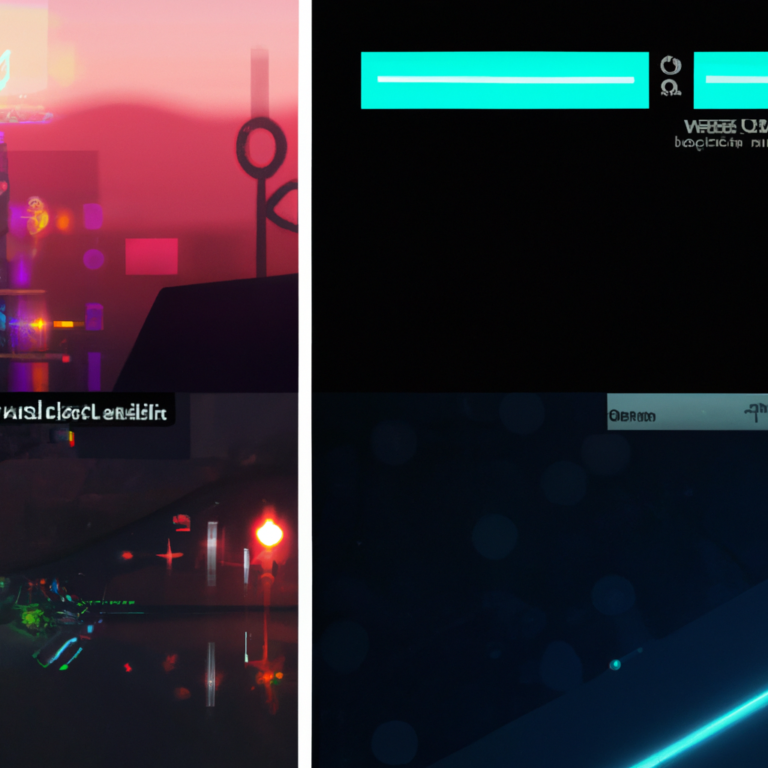“Unveiling the Power of Environmental Storytelling in Game Design”
Environmental storytelling is a critical aspect of game design that often goes unnoticed by players but contributes greatly to the overall experience. It is the craft of subtly conveying narratives through the game universe itself, employing the locations, objects, and ecosystem to tell a story.
The foremost aspect of environmental storytelling lies in its ability to draw players into the game. The environment can set the mood and tone, making the player feel as if they are truly part of the world. This immersion can be fostered through elements such as the design of the characters, the architecture of the buildings, the ambient sounds, and even the lighting. For example, a game set in a post-apocalyptic world would likely feature desolate landscapes, dilapidated buildings, and eerie sound effects, all contributing to create an atmosphere of despair and desolation.
Moreover, environmental storytelling can deliver backstories and contextualise the game’s main plot without the need for explicit narrative exposition. Hidden clues in the environment such as journal entries, graffiti on walls, or remnants of past events can provide players with a richer understanding of the game’s history and its characters. This method of indirect storytelling respects the player’s intelligence, as they can piece together the story at their own pace, and in their own way.
In addition, well-crafted environments can also guide gameplay. Developers can use visual cues in the environment to subtly hint at the path that players should take or the actions they should perform. This can be especially useful in open-world games, where players have the freedom to explore at their own leisure. A path leading to a mountain peak or a beam of light filtering through the trees can be enough to pique a player’s curiosity and lead them towards their next objective.
Environmental storytelling also plays a crucial role in world-building. A well-designed game world that is consistent and believable makes the gameplay more compelling, as it enhances the player’s engagement with the game. A game environment that accurately reflects the game’s lore and cultural context can help to create a more cohesive and immersive game world.
In conclusion, environmental storytelling is a powerful tool in game design. It helps to create a more immersive and engaging experience for players, by subtly weaving narratives through the game’s environment. It provides context and depth to the game’s main plot, guides gameplay, and contributes to world-building. Game developers should, therefore, give due consideration to environmental storytelling when designing their games, as it can greatly enhance the player’s experience and bring the game world to life.






